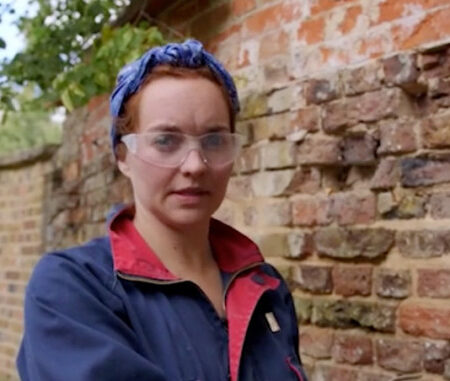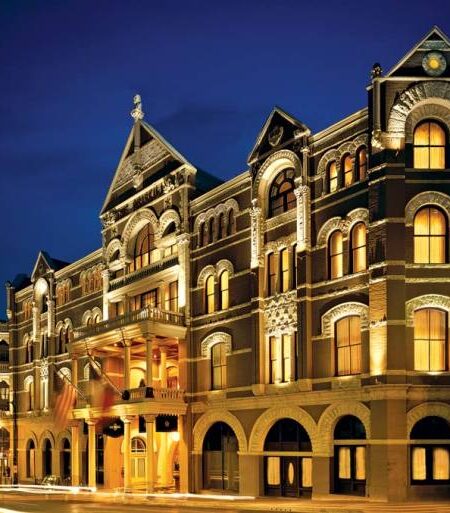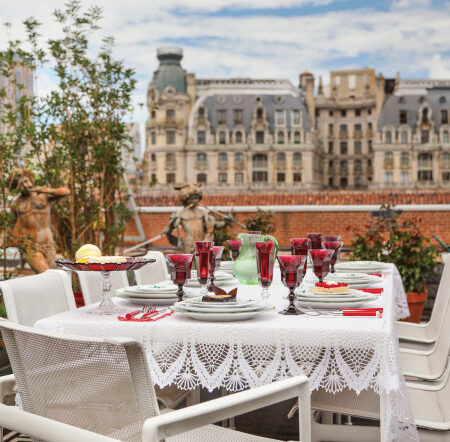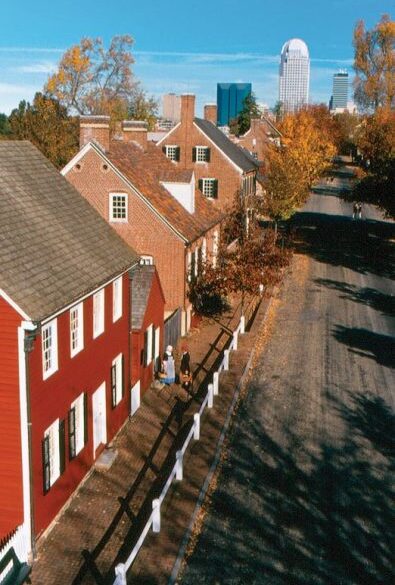This content was originally published on OldHouseOnline.com and has been republished here as part of a merger between our two businesses. All copy is presented here as it originally appeared there.
Every era presents an opportunity to collect the work of favorite designers. For their 1951 Seattle house, Kevin Dodge and Darin Collins have been collecting lighting and sculptural work from three Modern masters: Harry Balmer, Gaetano Sciolari, and Paolo Soleri.

William Wright
Brutalism is a mid-century modernist designation for architecture and design defined by the use of such raw materials as concrete, glass, and metals. Rough surfaces, hard edges, organic forms, and metallic finishes are common. The name comes from the French term “béton brut,“ meaning raw concrete. The American welder and sculptor Harry Balmer, whose works were produced by the Flemington Iron Works and Laurel Lamp Company, made Brutalist and Modern lighting and abstract sculptures that have become collectible. His 1960s works are generally of blackened steel. Balmer also produced wood and iron furniture.
Clarification: The Laurel Lamp Co. table lamp referred to in this article was identified by the homeowners as having been designed by Harry Balmer. We have no independent evidence that this design credit is accurate. According to the Laurel Lamp Archives, many contemporaneous designs may be attributable to Richard Barr or Harold Weiss.
Gaetano Sciolari (1927-1994) was a trained architect and film director who returned to his hometown roots in 1949, when he became head of Sciolari lighting, the family business founded in 1892. In the 1950s, he was the designer for the internationally known lighting manufacturer Stilnovo. His designs blended modern streamlining with such traditional materials as opaline glass and brass. Sciolari’s designs for his own company were embraced by top designers in Europe and the U.S. during the 1960s. The work, influenced by Cubism and Deconstructivism, was often seen as futuristic. By the 1970s, Sciolari Lighting sold lamps in the U.S. through Lightolier and Progress Lighting, resulting in a high sales volume through the 1980s. Sciolari’s ‘Cubic’ series lighting, especially, was a go-to for TV and cinema set designers in the 1970s and ’80s.
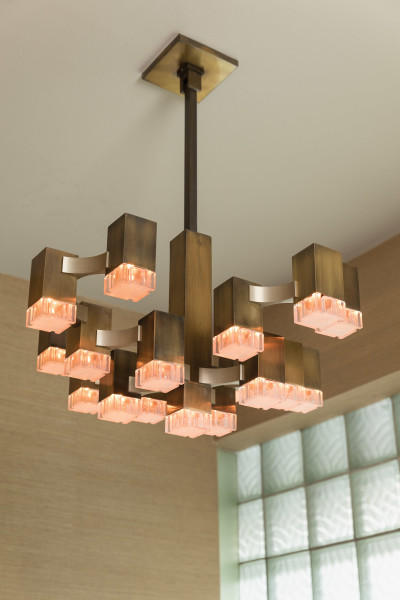
William Wright
The Italian architect Paolo Soleri (1919-2013) spent time with Frank Lloyd Wright at Taliesin West in Arizona and Taliesin in Wisconsin, during the late 1940s. Back in Italy, he designed a large ceramics factory-creating his unique style and also learning about ceramics and bronze casting. This background was put to use later in the design of buildings and also ceramic and bronze windbells, the sales of which provided income (and still does) for his experimental eco-town in Arizona.
In 1955, Soleri and his wife, Colly, moved to Scottsdale and soon began the practice of “arcology,“ his term for a synthesis of architecture and ecology. In 1970, he created Arcosanti, an evolving site with buildings of silt-cast concrete, built by students and volunteers who paid for the experience. Imagined as a densely populated town of 5,000 people, the community reached its peak of 200 residents in the 1970s and today houses fewer than 60 disciples. The Soleris’ Cosanti Foundation is an educational non-profit organization exploring urban planning, with a philosophy influenced by Jesuit paleontologist and philosopher Pierre Teilhard de Chardin. The architect’s home and studio in Paradise Valley, Cosanti, is an Arizona Historic Site and offers public tours year-round. The Arcosanti site, about 65 miles north of Phoenix, is active, with workshops, events, and regular tours: arcosanti.org

William Wright





